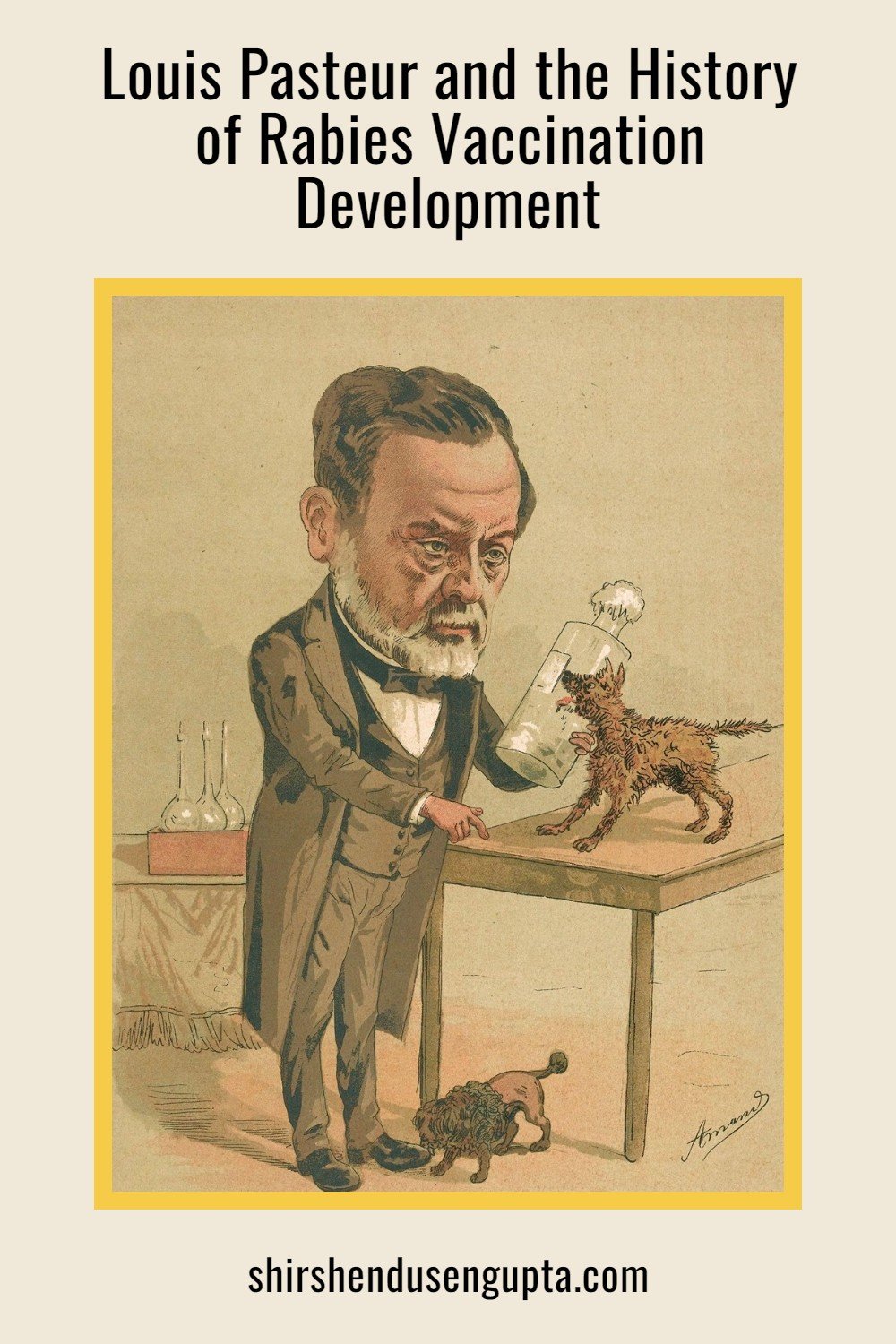Motivational Stories from Around the World
After retiring from a five-decade-long career as an eye surgeon, a patented inventor of ophthalmic surgical instruments, and an author of ocular pharmacology textbooks, my father Dr. Kamal Kumar Sengupta finally found some time to invest in his inborn talent of motivational storytelling. A gift that he probably passed on to me through his genes, but unfortunately never got a chance to use for himself. So, I requested him to narrate intriguing tales from across the globe as a guest author that will inspire future generations to experience the world, explore ideas, and follow their dreams. Hope you like them!
Tuberculosis (TB) is far older than modern medicine. According to modern archaeological surveys, TB has existed for nearly 9,000 years. Evidence of TB has been found in Neolithic skeletons, and deformities typical of spinal tuberculosis, known as Pott’s disease, have been discovered in Egyptian mummies dating from about 2400 to 3400 BCE. In ancient India, descriptions of a TB-like disease appear in Ayurvedic texts from about 3500 years ago. In China, signs of tuberculosis exist in writings and bone samples from about 2500 years ago. In Europe and the USA, 25% of all deaths between 1600 and 1800 were due to TB; a figure that shows just how devastating this disease was in the pre-modern world. Today I’m going to tell you the story of two scientific superstars who helped humanity fight back against this menace!
“Dad, I want to live…but I cannot live without you!”
In 1935, a desperate plea from a six-year-old girl forever altered the course of medical history. Her name was Hildegard (Hilda) Domagk, the beloved daughter of Dr. Gerhard Johannes Paul Domagk, a German pathologist and bacteriologist born on October 30, 1895. The world would know Dr. Domagk as the discoverer of the first commercially available antibacterial drug. But before he received Nobel honors, international acclaim, or a place in history, he was just a father facing an impossible decision!
Today, I’m going to tell you a story about a superstar who was not a doctor but will always be remembered by his thousands of patients worldwide. He was a multi-talented genius who is sometimes also referred to as the “father of bacteriology.” Yes, I think many of you have anticipated his name. His name is engraved in golden letters in the history of medicine. He was none else than Louis Pasteur. Apart from many other discoveries, his greatest discovery was the rabies vaccine because even today, there is no specific treatment for rabies, and once the clinical diagnosis is established, death is 100% confirmed. Today’s story is about this great son of France!
Although insulin has been called "arguably the greatest medical miracle of this century," few are aware of the epic tale of its discovery which involves luck, friendship, animosity, ego, injustice, and the fragile nature of human endeavor. Today, I’m going to tell you that story!
The quest to create the first mass-produced antibiotic capable of curing a bacterial infection began in 1928 with the accidental discovery of a moldy petri dish. Before that, there was no effective treatment for illnesses like pneumonia, gonorrhea, or rheumatic fever. Blood poisoning from cuts or scratches was common in hospitals, and the only treatment available to doctors was to wait and hope. That’s why the discovery of Penicillin marked a real turning point in human history when doctors finally had a tool that could fully treat their patients of fatal infectious diseases. Today I’m going to tell you the remarkable story of the accidental discovery of Penicillin!
Today I’m going to tell you a monster story - a monster who ruined many cities, towns, and countries, and even wiped out two complete civilizations namely the Mayas and the Incas. Gradually the monster tightened its grip on Eurasia, America, and the Pacific, and unleashed epidemics that claimed thousands of lives. Can you guess the monster? Yes, you are right. The name of this monster is ‘Smallpox!’







For centuries, leprosy was shrouded in fear and superstition. In many societies, the Church declared that the disease was a “Curse of God.” Once that verdict was passed, any rational investigation was often shut down. But one man dared to challenge that belief: a Norwegian doctor named Gerhard Armauer Hansen. Today I’m going to tell you his story!